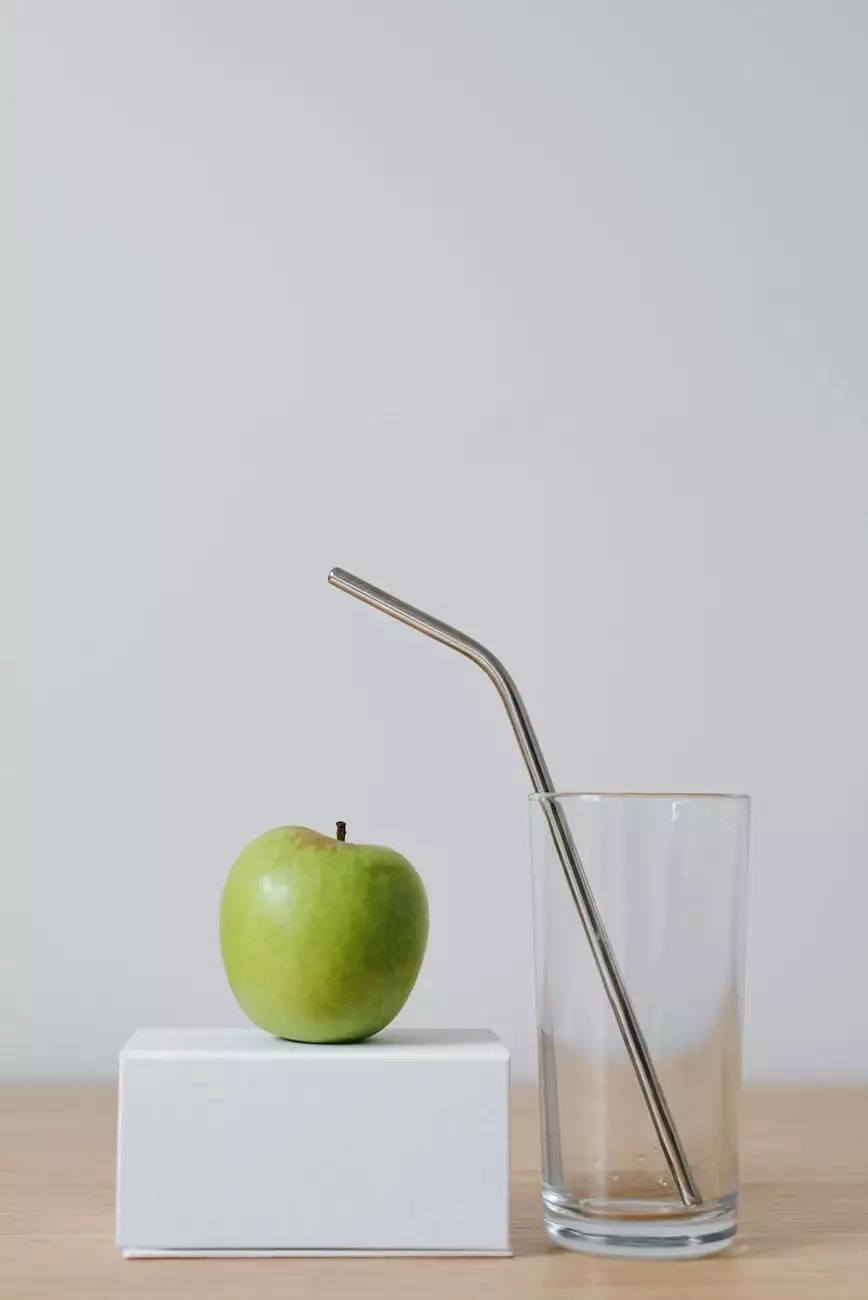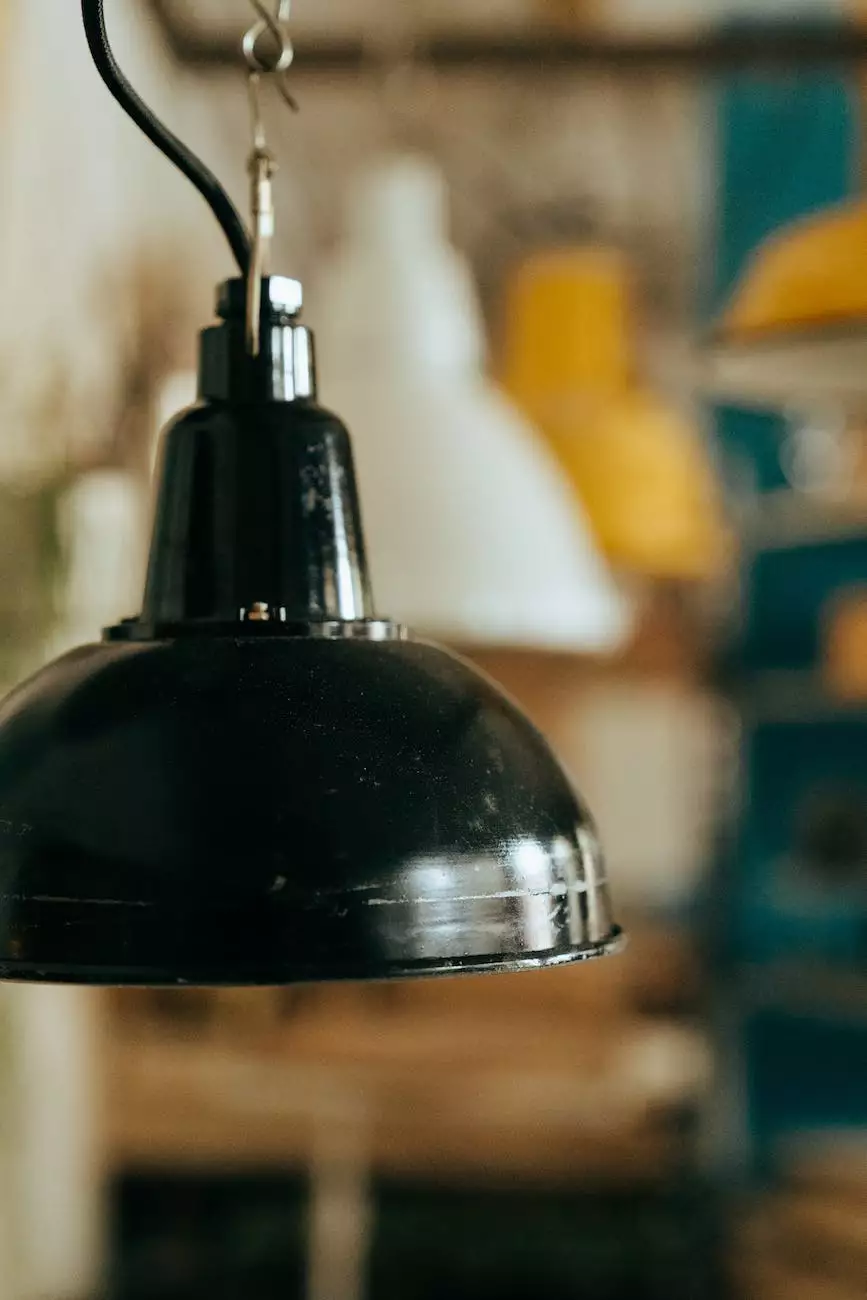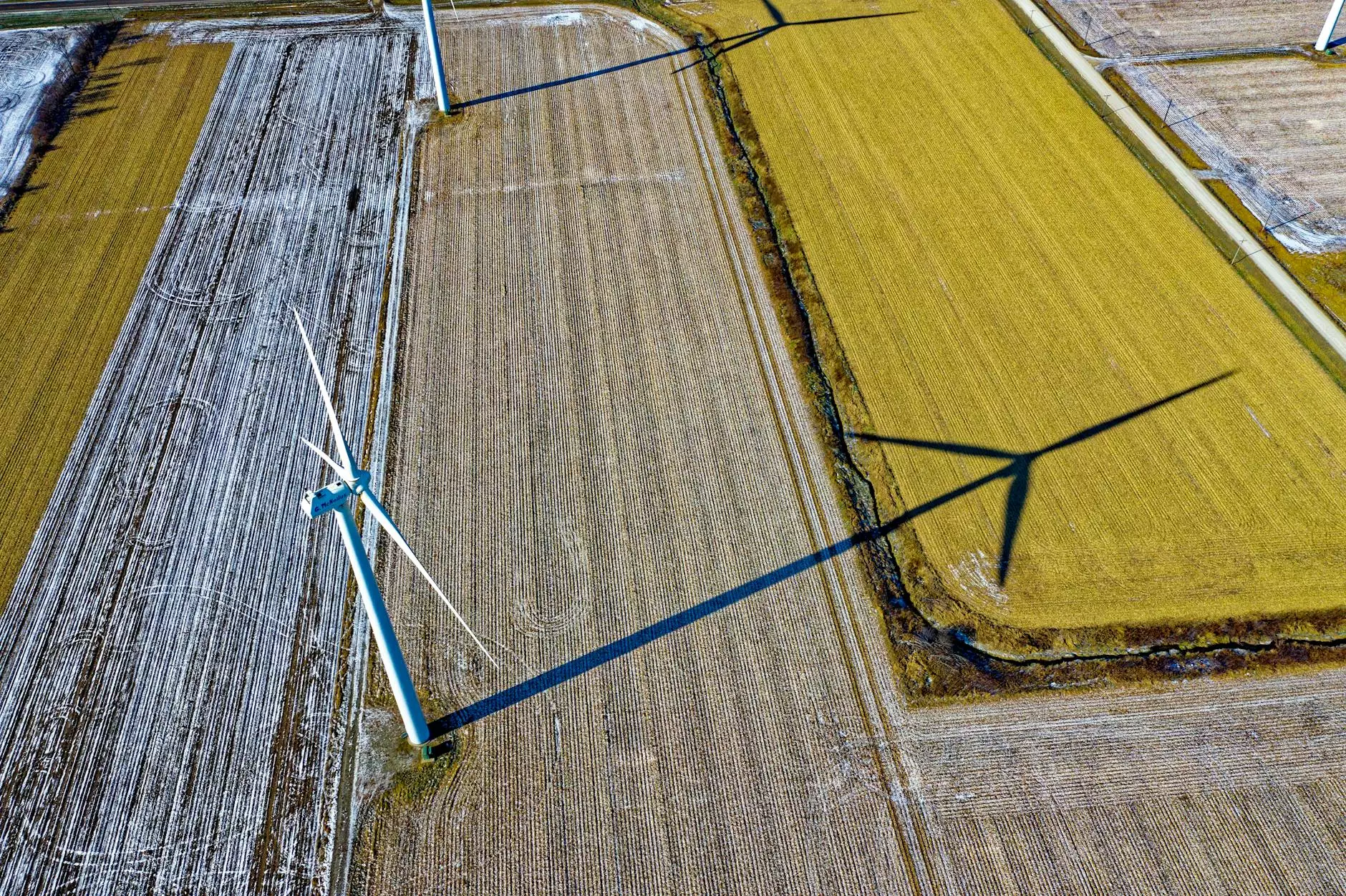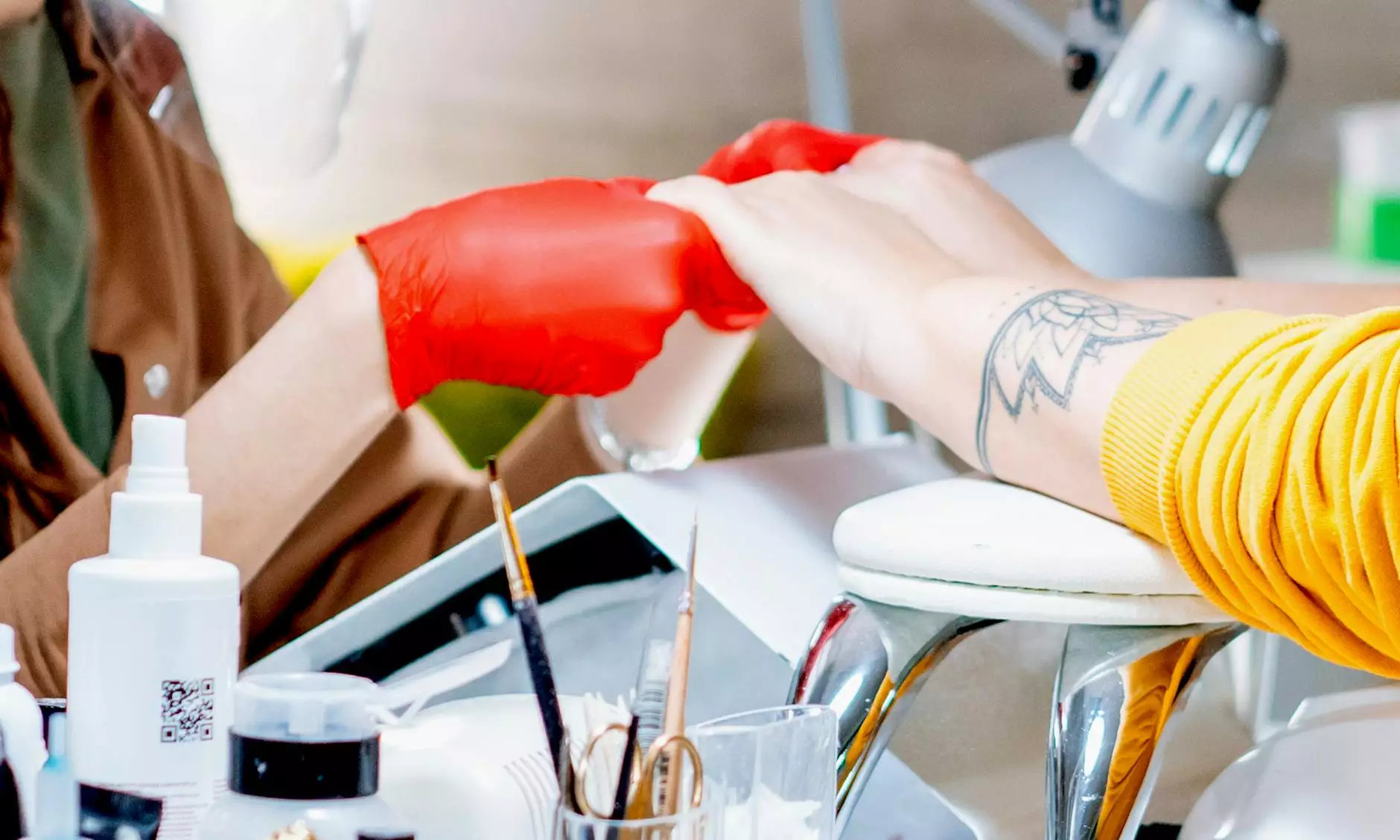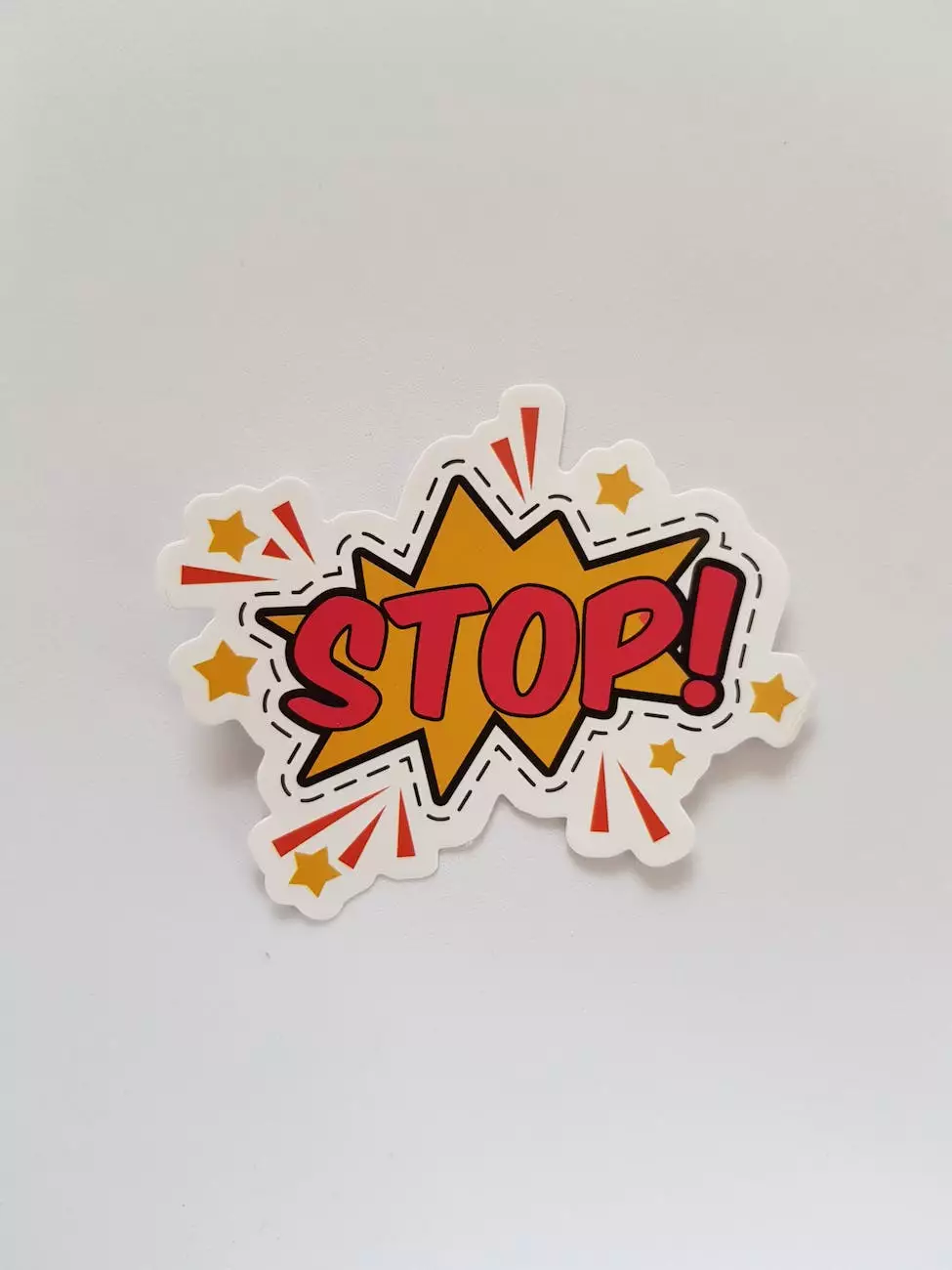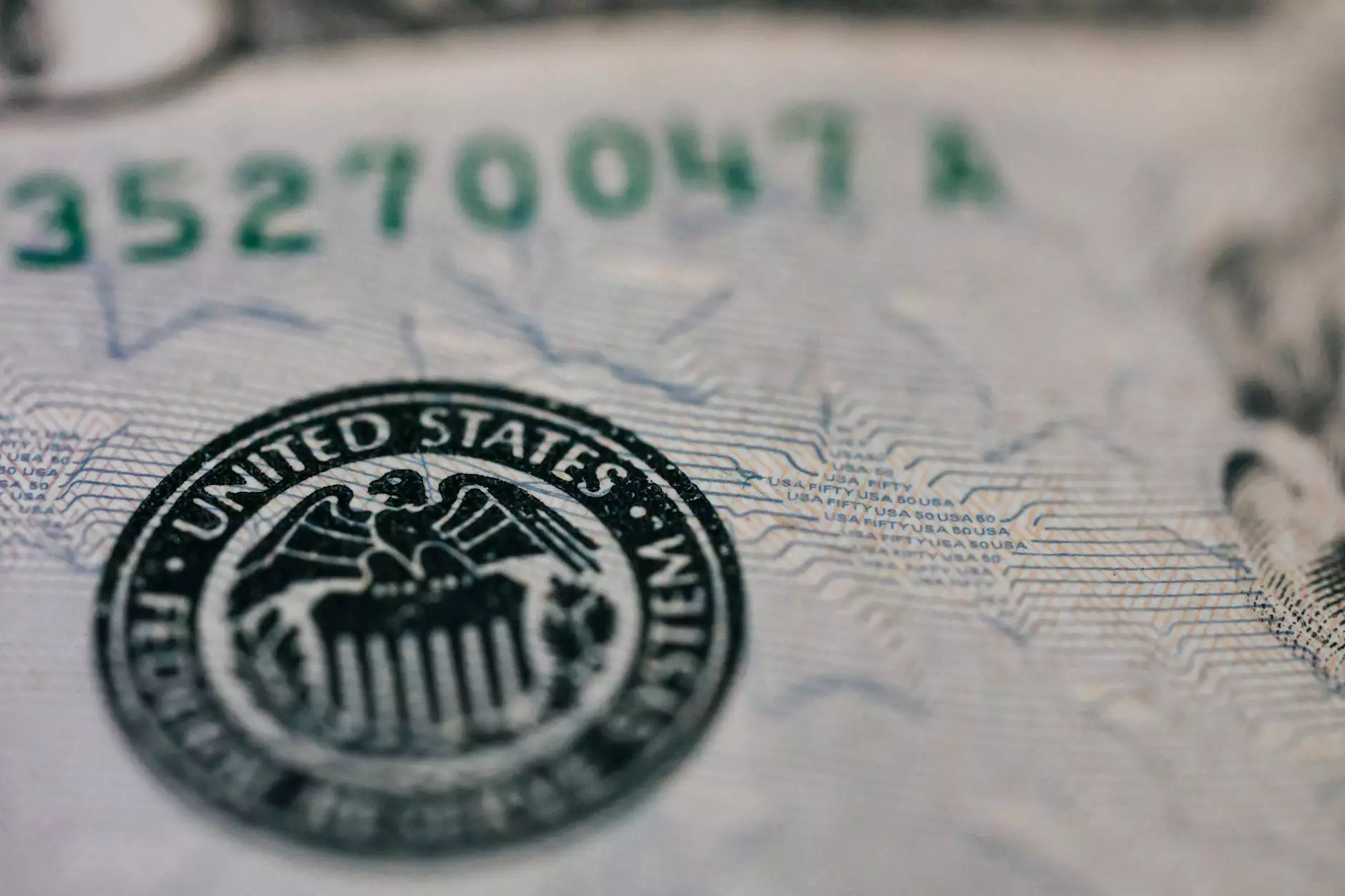weld spatter – Weld Fixture Specialists
Weld Fixture Design
Introduction
Welcome to RPM Design and Prototype — the leading Weld Fixture Specialists in the industry. We are dedicated to providing top-notch solutions for your welding challenges. In this comprehensive guide, we will delve into the details of weld spatter – its causes, effects, and effective ways to minimize it.
Understanding Weld Spatter
Weld spatter refers to the unwanted bits of molten metal that are expelled during the welding process. It is a common issue that can interfere with the quality and appearance of welded joints. At RPM Design and Prototype, we understand the negative impact of weld spatter and are committed to helping you overcome this challenge.
The Causes of Weld Spatter
Several factors contribute to the occurrence of weld spatter. Understanding these causes is the first step in finding effective solutions. Here are some common reasons why weld spatter occurs:
- Poor electrode or wire feeding techniques
- Inadequate shielding gas coverage
- High voltage settings
- Improper nozzle alignment
- Contaminated base metal or filler material
By addressing these root causes, you can significantly reduce the occurrence of weld spatter in your welding projects.
The Effects of Weld Spatter
Uncontrolled weld spatter can lead to various negative effects, including:
- Diminished weld quality
- Reduced structural integrity
- Increased post-weld cleanup time
- Decreased overall welding efficiency
- Additional costs for material waste and rework
It is crucial to address weld spatter issues promptly to avoid these detrimental effects.
Minimizing Weld Spatter
At RPM Design and Prototype, we have developed specialized techniques to minimize weld spatter effectively. Here are some tips to help you reduce or eliminate weld spatter:
- Optimize electrode or wire feeding techniques: Ensure smooth and consistent feeding to minimize spatter formation.
- Ensure proper shielding gas coverage: The appropriate gas mixture and flow rate are essential to prevent spatter.
- Adjust voltage settings: Find the optimal voltage range to achieve a stable arc without excessive spatter.
- Regularly clean and align the nozzle: Ensuring the nozzle is free from obstructions and properly aligned helps minimize spatter.
- Use clean base metal and filler material: Contaminants can contribute to spatter formation, so ensure the cleanliness of your materials.
By implementing these strategies, you can significantly minimize weld spatter and improve the overall quality of your welding work.
Contact RPM Design and Prototype for Expert Solutions
At RPM Design and Prototype, we are not only passionate about weld spatter but also experienced in providing tailored solutions for your welding needs. We have a dedicated team of Weld Fixture Specialists who can analyze your specific requirements and offer effective strategies to mitigate weld spatter.
With our expertise, state-of-the-art equipment, and commitment to excellence, we can ensure optimal welding results, minimizing spatter and maximizing efficiency.
If you have any questions or would like to discuss your welding projects, please don't hesitate to contact us. Our team is always ready to assist you and provide the best solutions for your welding challenges.
Choose RPM Design and Prototype as your trusted Weld Fixture Specialists today!

